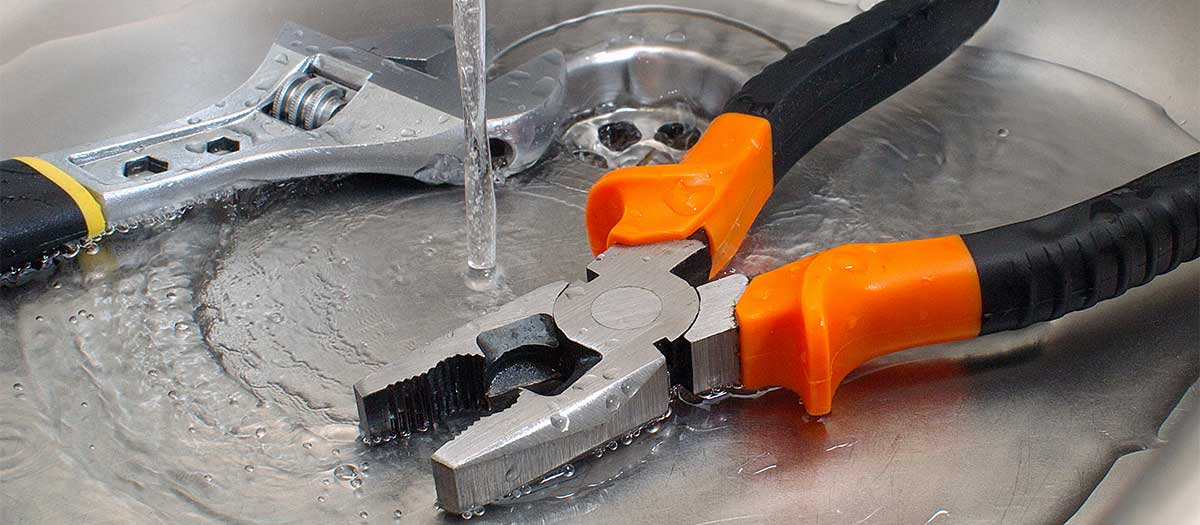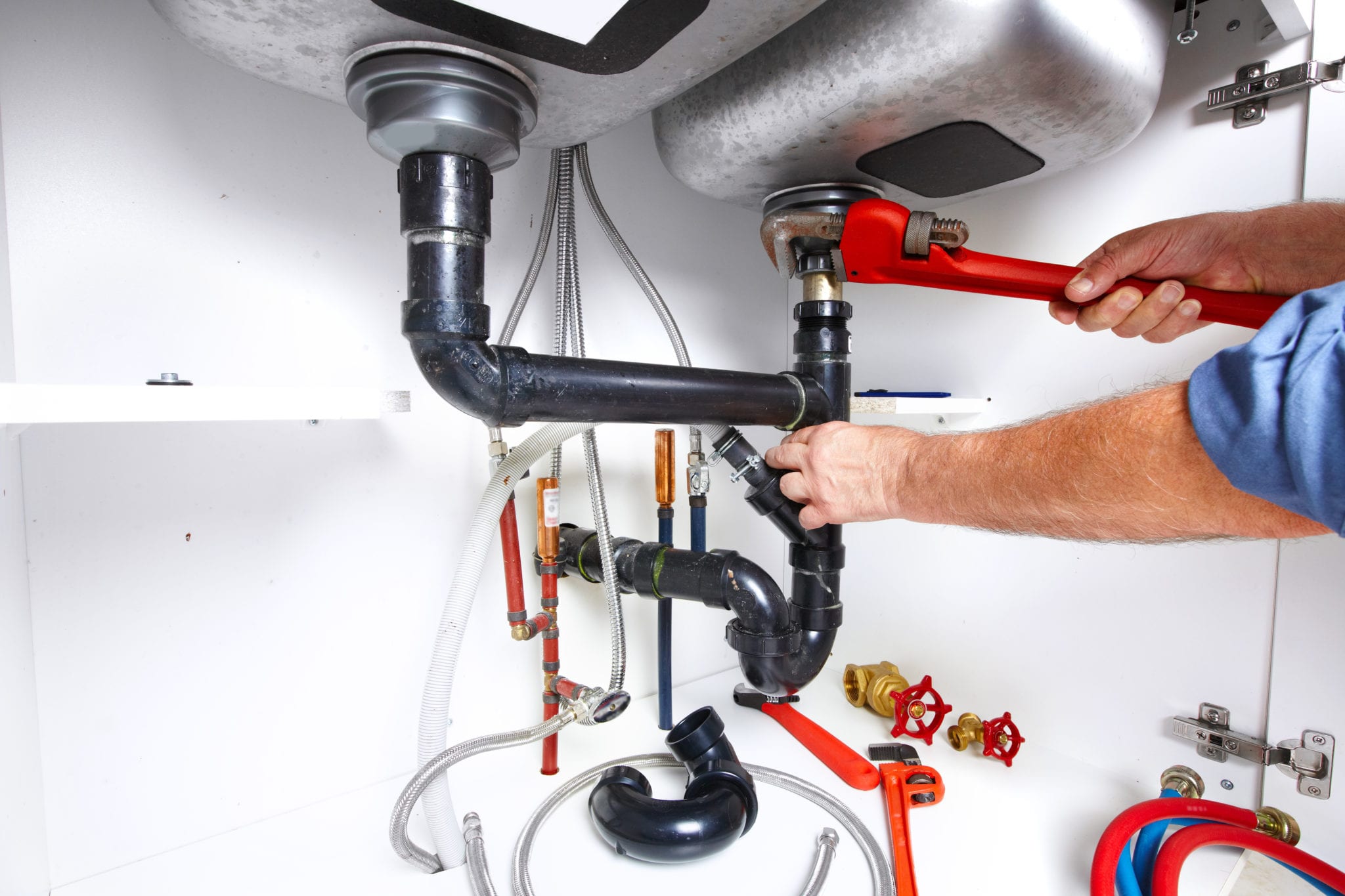Each person seems to have their own individual thinking on the subject of Hacks to detect leaks.

Early discovery of leaking water lines can mitigate a possible catastrophe. Aside from saving you cash, it will lessen the worry as well as disappointment. The moment you locate a leakage, calling your plumber for repair work is the most effective service. Some little water leaks might not be noticeable. Right here are some hacks that help if you can not discover it with your nude eyes.
1. Examine the Water Meter
Every home has a water meter. Checking it is a guaranteed way that assists you find leakages. For starters, switch off all the water sources. Make sure no one will certainly purge, utilize the tap, shower, run the washing maker or dishwasher. From there, go to the meter and also watch if it will certainly change. Considering that no one is using it, there need to be no movements. If it relocates, that shows a fast-moving leak. Similarly, if you detect no changes, wait a hr or 2 as well as examine back again. This implies you might have a slow-moving leak that might also be underground.
2. Inspect Water Usage
If you find unexpected modifications, in spite of your usage being the same, it implies that you have leakages in your plumbing system. An abrupt spike in your costs suggests a fast-moving leakage.
A constant rise every month, also with the exact same routines, shows you have a slow leakage that's likewise slowly rising. Call a plumber to extensively inspect your building, specifically if you really feel a warm location on your floor with piping underneath.
3. Do a Food Coloring Test
When it comes to water intake, 30% comes from toilets. Test to see if they are running correctly. Decline flecks of food color in the container as well as wait 10 minutes. If the shade somehow infiltrates your bowl throughout that time without flushing, there's a leak in between the storage tank and dish.
4. Asses Exterior Lines
Do not fail to remember to check your outside water lines also. Test faucets by attaching a yard hose pipe. Needs to water leak out of the link, you have a loose rubber gasket. Change this and make certain all connections are limited. If you've obtained a sprinkler system, it will certainly help get it skillfully analyzed and also maintained every year. One tiny leak can throw away tons of water as well as increase your water bill.
5. Evaluate the circumstance and also inspect
Property owners must make it a habit to check under the sink counters and also also inside closets for any bad odor or mold and mildew growth. These two warnings show a leakage so prompt attention is needed. Doing routine assessments, also bi-annually, can conserve you from a significant problem.
Examine for stainings as well as weakening as most home appliances and pipelines have a life span. If you think leaking water lines in your plumbing system, do not wait for it to intensify.
Early detection of dripping water lines can alleviate a prospective disaster. Some little water leakages may not be noticeable. Inspecting it is a surefire means that helps you uncover leakages. One tiny leakage can lose lots of water and increase your water expense.
If you suspect dripping water lines in your plumbing system, don't wait for it to rise.
WARNING SIGNS OF WATER LEAKAGE BEHIND THE WALL
PERSISTENT MUSTY ODORS
As water slowly drips from a leaky pipe inside the wall, flooring and sheetrock stay damp and develop an odor similar to wet cardboard. It generates a musty smell that can help you find hidden leaks.
MOLD IN UNUSUAL AREAS
Mold usually grows in wet areas like kitchens, baths and laundry rooms. If you spot the stuff on walls or baseboards in other rooms of the house, it’s a good indicator of undetected water leaks.
STAINS THAT GROW
When mold thrives around a leaky pipe, it sometimes takes hold on the inside surface of the affected wall. A growing stain on otherwise clean sheetrock is often your sign of a hidden plumbing problem.
PEELING OR BUBBLING WALLPAPER / PAINT
This clue is easy to miss in rooms that don’t get much use. When you see wallpaper separating along seams or paint bubbling or flaking off the wall, blame sheetrock that stays wet because of an undetected leak.
BUCKLED CEILINGS AND STAINED FLOORS
If ceilings or floors in bathrooms, kitchens or laundry areas develop structural problems, don’t rule out constant damp inside the walls. Wet sheetrock can affect adjacent framing, flooring and ceilings.
https://www.servicemasterbyzaba.com/blog/how-to-detect-water-leakage-in-walls/

I stumbled upon that blog entry about Finding hidden leaks while doing a search on the internet. Do you know about somebody who is in the market for Detecting hidden plumbing leaks? Please feel free to share it. Thank-you for taking the time to read it.
 Jennifer Grey Then & Now!
Jennifer Grey Then & Now! Danny Pintauro Then & Now!
Danny Pintauro Then & Now! Shannon Elizabeth Then & Now!
Shannon Elizabeth Then & Now! Catherine Bach Then & Now!
Catherine Bach Then & Now! Naomi Grossman Then & Now!
Naomi Grossman Then & Now!